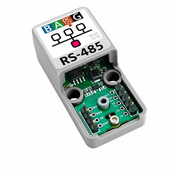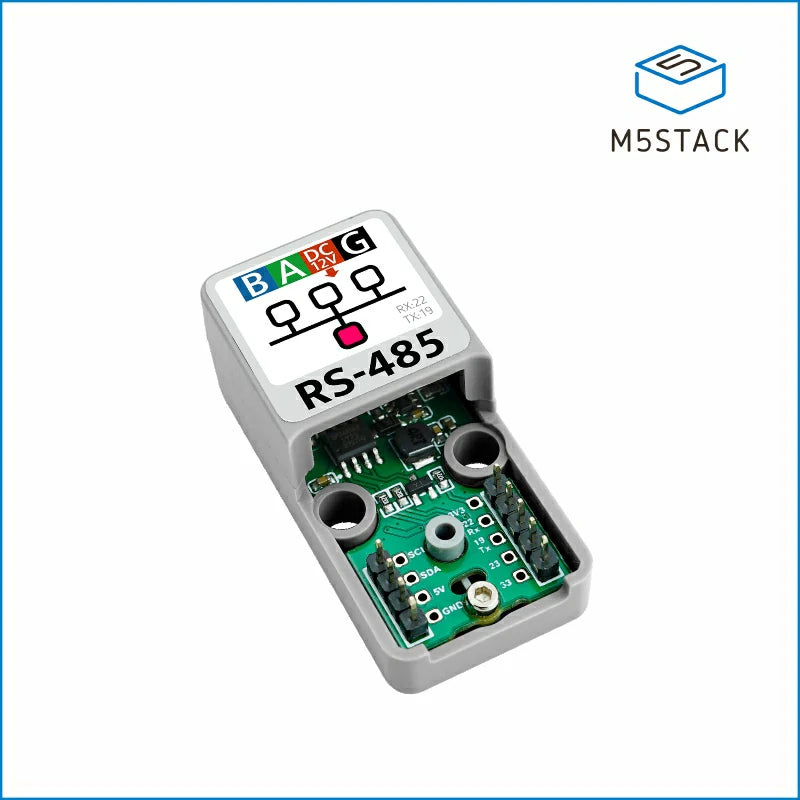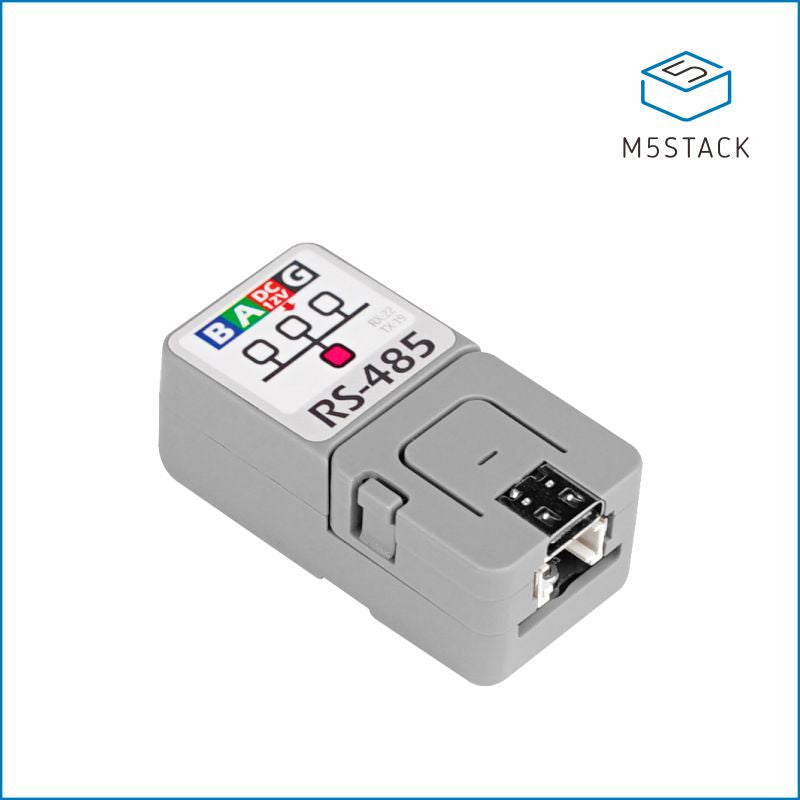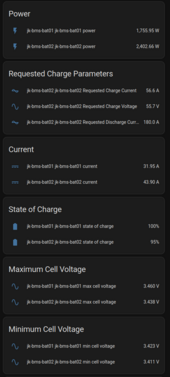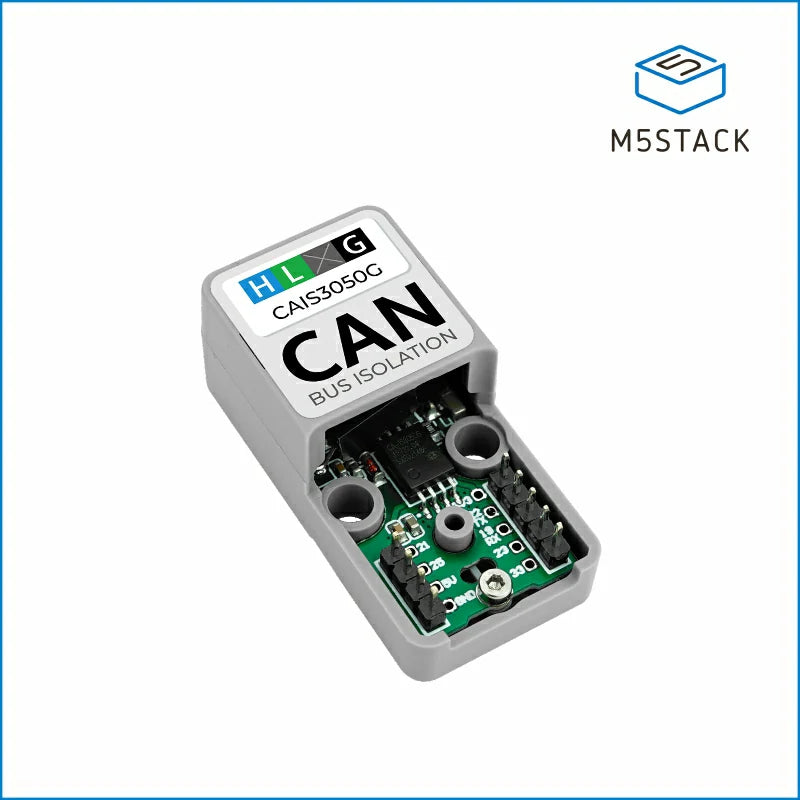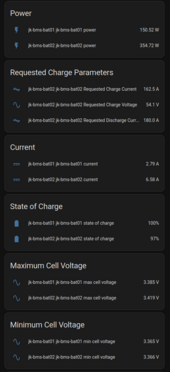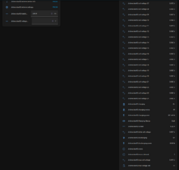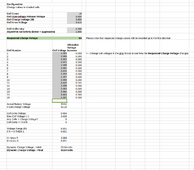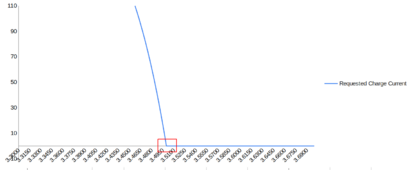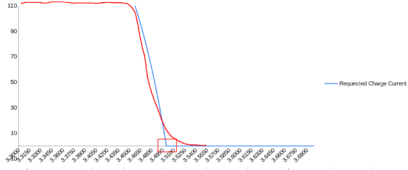silverstone
Solar Enthusiast
- Joined
- May 3, 2022
- Messages
- 1,041
Well it depends if it's an "offset" or "gain" calibration you are after.Further on in the note it says the higher the current flow you recalibrate at the more accurate it will be.
That also assumes your meters are accurate.
Theoretically a calibration for the current would need two points, so you can fit your I = a * x + b current equation of the shunt. Yes, ADCs have offset too ...
If you only calibrate at a single point, I'm not fully sure what is "best".
With a single calibration point:
- If you calibrate at the high end, it will be more accurate at the high end, and less at the low end (more towards "gain" calibration)
- If you calibrate at the low end, it will be more accurate at the low end, and less at the high end (more towards "offset" calibration)



